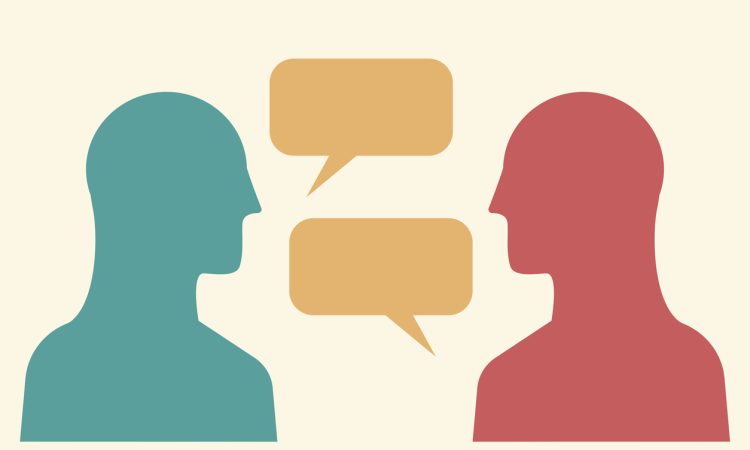I recently heard Simon Sinek say in a podcast that “you haven’t listened until people feel heard.” In the same vein, I would say you haven’t accompanied people until they feel accompanied. One aspect of that is good old-fashioned eye contact.
We all have a deep-seated longing to be seen. It plays out most obviously in children through their attention-seeking behaviour. Any attention is better than none, even negative attention. It speaks to the need we have to be acknowledged and seen for the individual that we are, not in a generic way.
Looking into a person’s eyes is one way in which we form a connection. When we are in the initial session with a client, the first minutes are key for establishing rapport. Clients going through a career transition or struggling to find work are at a vulnerable point in their life, and more than anything need reassurance and acceptance. Their very sense of self is being challenged and they need us to show them acceptance.
In the beginning of work with a client, we are trying to piece together the picture and gather information to understand what the client needs. Taking notes is often part of that. This poses the challenge of neglecting eye contact.
Eye contact enables us to read the other person’s reactions to what we are saying. Without it, the experience can be unsettling for the client. If you need to take notes, at least be aware of the impact this can have on the client. A few things that can help can be to reassure them with our words, and to ask their permission: “Do you mind if I take notes so I don’t miss anything you are telling me? I want to understand and capture all the things you would like to address in this session.”
You can also try to minimize the negative impact by maintaining eye contact while you are listening, and then when the client pauses, jotting down a few brief notes.
However, just looking someone in the eyes is not necessarily enough to communicate acceptance. It could just as easily portray judgment, harshness or coldness. As with body language in general, I don’t think you can fake eye contact with techniques. The very reason we trust body language more than words is the fact that they communicate the truth of what’s going on inside. So, what we really need to do is confront our own prejudices and judgments, meet people with empathy and accept them with an open mind and heart.
Circumstances that require adjustments to our use of eye contact
Virtual counselling
If you’re like me, you will find many clients opting for virtual rather than in-person meetings. Others may do telephone work. In these cases, it is about having an awareness that the lack of eye contact matters. From there, we can compensate for the lack of eye contact through word choice, tone of voice and other body language (if virtual), such as smiling and nodding to portray our acceptance and encourage the client to continue speaking.
Cultural variations
Another very important consideration in eye contact is cultural context. We need to be very sensitive to this. In some cultures, eye contact is considered disrespectful or confrontational. In others, eye contact from a woman to a man may be misinterpreted as an invitation to unwelcome behaviour. Individuals from some cultures might feel uncomfortable if they are simply not used to a lot of eye contact. A certain amount of cultural knowledge can help us avoid misunderstandings and barriers to connecting well with our clients. Also, by being able to “read the room,” we can be aware of the reactions we are receiving from the other person.
“The very reason we trust body language more than words is the fact that they communicate the truth of what’s going on inside.”
This is important for establishing rapport with our clients. But the flip side of this is that we have a responsibility to help clients understand how they will be perceived and what will be expected of them in a job interview or workplace. We need to make sure that they are aware that insufficient eye contact will most likely be misinterpreted as lack of honesty, hiding something or lack of confidence.
Fractured self-esteem
At other times, we will encounter clients who are feeling vulnerable and will be ill at ease with “being seen”; eye contact will make them very uncomfortable. As with so many other aspects of our interactions, we need to be perceptive and adapt our behaviour to the person in front of us. We have to recognize each person as the unique individual they are, with their own story and personality.
Almire Pichon, SJ, a spiritual leader, was quoted in Conrad de Meester’s book With Empty Hands as saying, “There are more differences among souls then there are among faces.” What a privilege and an opportunity we have to be able to help each person feel that they are recognized and celebrated for their individuality, by treating them as a whole person – and it can begin with something as simple, but significant, as eye contact.





